Cardiovascular Procedures
Cardiovascular and Vascular Surgery
Every year, patients from around the globe choose to come to Italy for their heart care. Our cardiovascular surgeons are among the best in the world and operate on the heart and blood vessels to repair damage caused by diseases or disorders of the cardiovascular system.
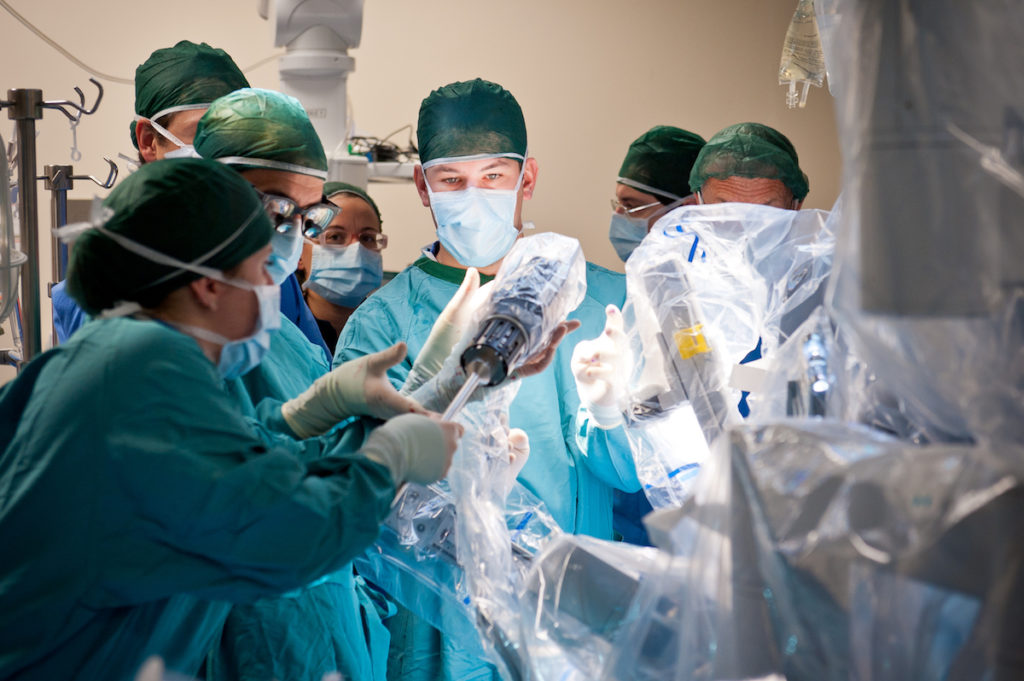
Cardiovascular surgeons perform many different types of surgery including heart valve repair, heart valve replacement, heart defect repair, coronary artery bypass surgery, aneurysm repair, trans-myocardial laser revascularization, and heart transplants. Cardiovascular surgeons also operate on the blood vessels, including the aorta.
The leading cardiovascular surgeons in Italy are recognized for their dedication to advancing the treatment of heart and vascular diseases. Hospitaly welcomes you to consider one of our leading cardiovascular surgical centers for your heart care.
Are you interested in our Cardiovascular Procedures?
Our Specialties
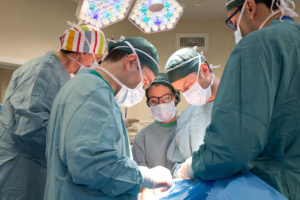
If you suffer from reduced blood supply to your legs, resulting in pain, ulcers or gangrene, you may benefit from a femorodistal bypass. This surgery is meant to prevent and save the foot from increasingly frequent ulcers and/or gangrene which could require amputation.
A femorodistal bypass uses a long vein from your leg or a synthetic graft to bypass a blocked main artery in your leg. The bypass graft connects the femoral artery in the upper leg to an artery in the lower calf by creating a passage through the layers of muscle or beneath the skin.
Before Your Surgery:
- Quit smoking. The longer…the better. Your bypass graft may not function properly if you continue to smoke. It is important to stop smoking for at least 6 weeks before surgery to reduce the chances of a chest infection after the operation.
- Reduce alcohol consumption. Alcohol may reduce the function of your heart and may cause mild dehydration.
- Lose weight. If you are overweight or obese, you will be at risk of complications during anesthesia. Losing weight will reduce these risks.
- Maintain a healthy diet and regular exercise to increase your strength for the surgery.
* If you have medical problems such as diabetes, asthma, chronic bronchitis, high blood pressure, or epilepsy, please advise your chosen provider prior to planning the procedure.
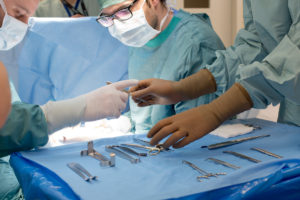
About the Aorta
The aorta is shaped like a cured walking cane. The aorta supplies blood to critical vessels in the head and arms. As the aorta descends into the abdomen, it branches off to provide blood to the abdominal organs and legs.
Thoracic Aortic Aneurism
A thoracic aortic aneurysm is an abnormal bulge in a weakened wall of the aorta in the chest. This condition has life-threatening complications. An aneurism must be diagnosed and treated quickly to avoid potential long-term complications due to rupturing. Surgery is generally recommended if the chance for rupture is serious.
Thoracic aortic aneurysm surgery?
Most thoracic aortic aneurysms are repaired with an open-chest surgery. The goal is to replace the weakened portion of the aorta with a graft. This is a complicated surgery that requires an experienced thoracic surgical team.
Abdominal aortic aneurysm
Men with growing abdominal aortic aneurysms of 5.5 cm or larger, that pose a threat are advised to seek surgery. Women are advised to seek surgery for smaller aneurysms. The decision to hose surgery may depend on age or other medical conditions that may complicate the surgical process.
Patients may choose one of the following surgical options:
- Open repair surgery
- Endovascular repair
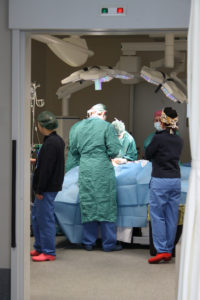
Should you get a Carotid/Cerebral Bypass?
If you possess one of the following, you may be a candidate for a cerebral bypass:
- Aneurysm, tumor, or atherosclerotic plaque.
- Unresponsive to medication to control TIA symptoms or stroke.
- Angiogram, CTA, MRA with evidence of arterial stenosis or occlusion.
- Brain studies (CT perfusion, PET, SPECT) demonstrating arterial stenosis and reduced blood flow to the brain.
Blood travels to the brain through four main arteries: the right and left carotid arteries and the right and left vertebral arteries. Reduced blood flow restricts the brain’s ability to function. A lack of blood supply to the brain may result in transient ischemic attacks (TIA), stroke, and death.
Cerebral bypass surgery is performed to restore normal blood flow to the brain. It is the equivalent of a coronary bypass in the heart. During bypass surgery, the surgeon connects a blood vessel from outside the brain to a vessel inside the brain to avoid a damaged or blocked artery. The goal of bypass surgery is to restore blood flow to the brain and prevent strokes.
Cerebral bypass may restore blood flow and reduce the risk of stroke in the following conditions:
- Moyamoya disease: a narrowing of the internal carotid arteries at the base of the brain that can cause multiple strokes or hemorrhages.
- Aneurysm: a bulge or ballooning of an artery wall.
- Skull base tumor: Removal of tumors that grow where the major vessels enter the skull.
- Carotid artery stenosis or occlusion: Rerouting blood flow around a blockage of the carotid artery in the neck caused by atherosclerotic plaque deposits.
- Intracranial arterial stenosis: Rerouting blood flow around an artery blockage that supplies blood to the brain.
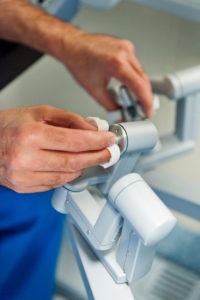
Coronary angioplasty also called percutaneous coronary intervention, is a surgery to open clogged heart arteries. During the angioplasty procedure, the surgeon inserts and inflates a small balloon to widen the clogged artery. A wire mesh tube called a stent is often inserted to keep the artery open and reduce chances of narrowing.
Angioplasty has shown to reduce chest pain and shortness of breath. Angioplasty may also be used during a heart attack to open a blocked artery and reduce heart damage. Angioplasty is also known to treat atherosclerosis, resulting from the slow buildup of fatty plaques in heart blood vessels.
Angioplasty is not recommended for patients with weak heart muscle or diseased blood vessels. In these cases, a coronary artery bypass surgery may be a better solution. Additionally, patients that suffer from diabetes and/or multiple blockages may require coronary artery bypass surgery
Subscribe to our Newsletter and Get Information about:
- Metabolic Wellness Program
- Nutrition Tips & Mediterranean Diet
- Special Offers
- Executive Getaway Programs
- Bariatric Surgery and Other Specialties News

